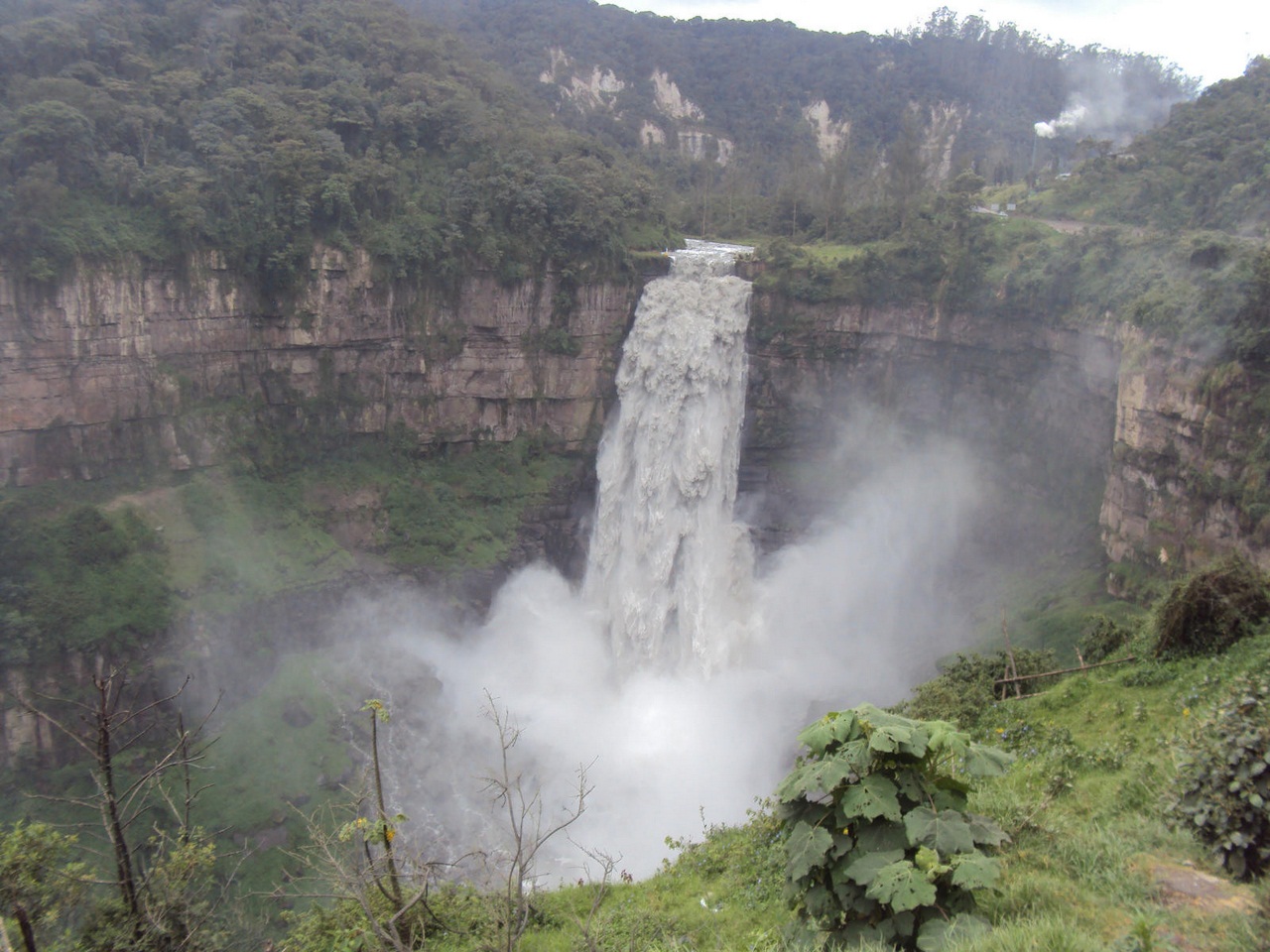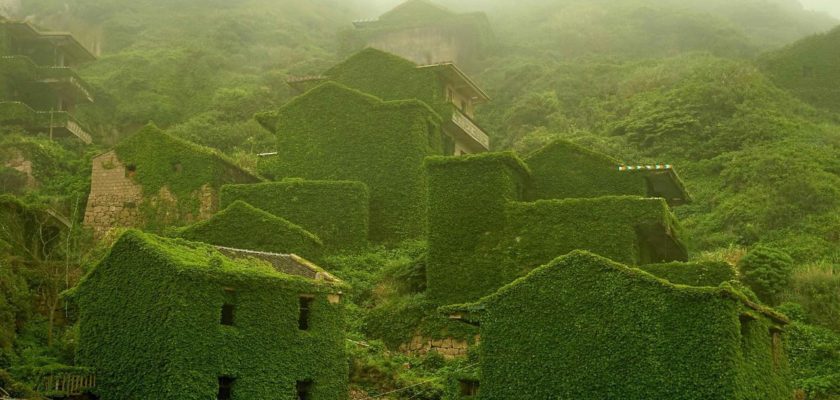Humans have always been adopting new places to fulfill their purposes. They build cities, towns, factories, shopping malls but once they move out, due to various reasons, wildlife quickly takes over the areas. Below are the facts about how the abandoned places were reclaimed by nature.
Houtouwan, China
Houtouwan is another ghost village located on Gouqi Island in China. The purpose of building the village was to provide residential areas for around 2,000 fishermen. After the growth of the fish industry in the 1990s, the bay was not enough for them. So, fishermen began to migrate with their families to the other villages. Many people visit Houtouwan as a tourist attraction. It is popular with houses that are overgrown with moss and ivy.
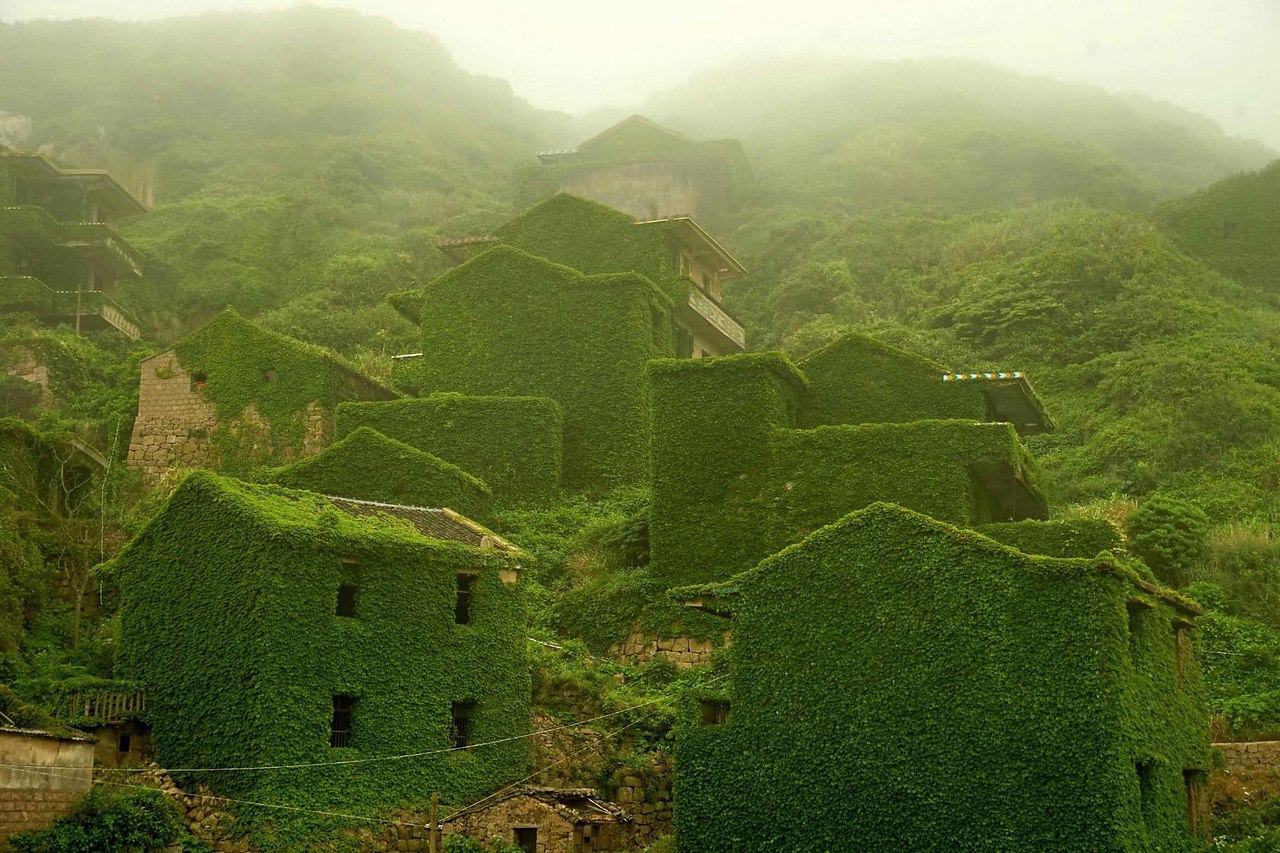
Ta Prohm, Cambodia
Ta Prohm temple was neglected for many years until French archaeologists discovered it in the 20th century again. Its popularity increased after the temple appeared in the movie “Lara Croft: Tomb Raider”. What makes the architecture more special is how nature devoured Ta Prohm. The temple is covered with roots.

Château de la Mothe-Chandeniers, France
Chateau de la Mothe-Chandeniers represents the Gothic Revival architectural style and dates back to the 13th century. The castle was owned by the Attorney General of France. It was restored in the 19th century after the French Revolution but got completely abandoned in 1932 due to fire. The castle is covered with vines, and the area is surrounded by a moat.
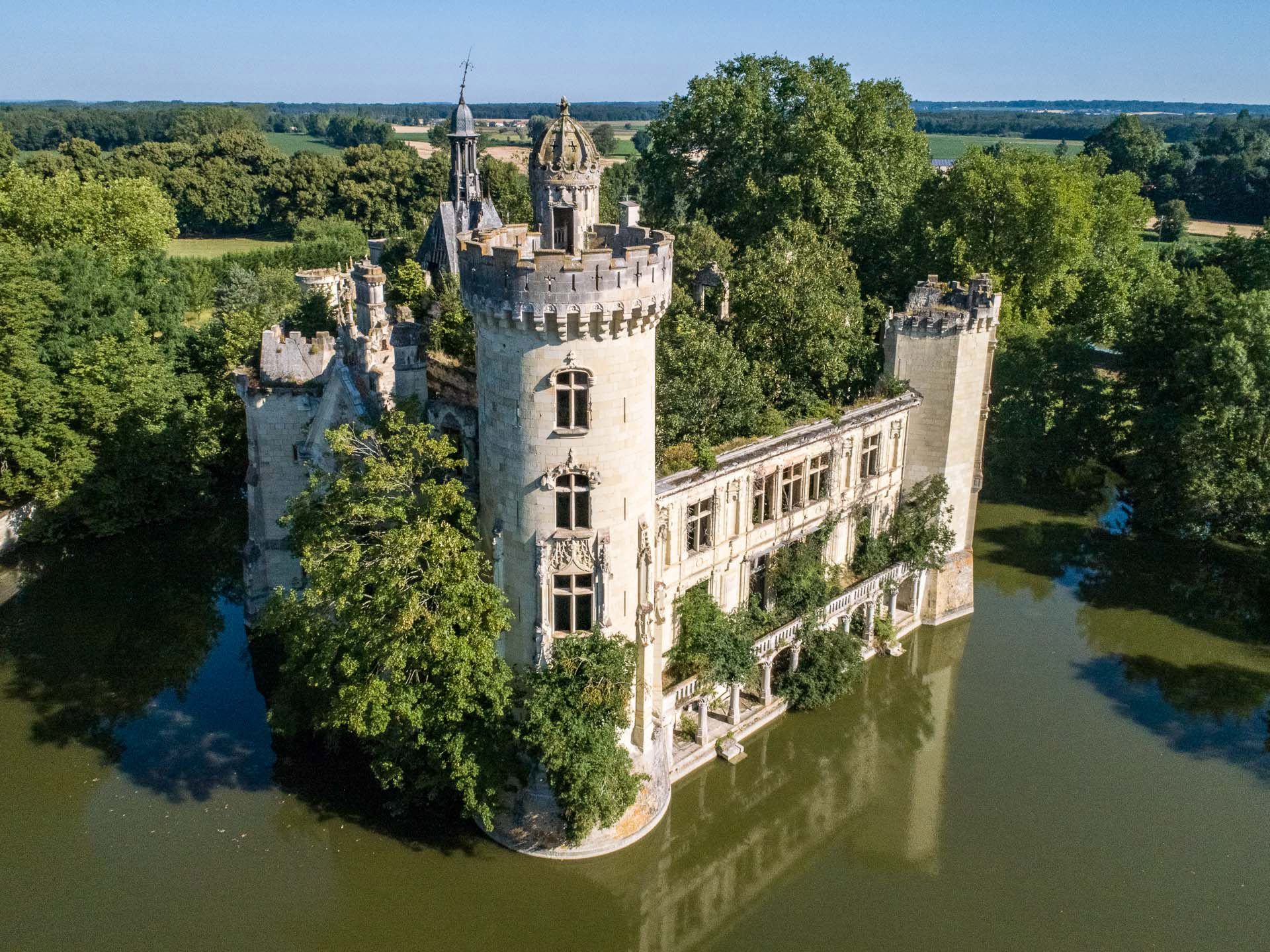
SS Ayrfield, Australia
The SS Ayrfield, a floating forest, is a shipwreck that has stood in Homebush Bay, west of Sydney for several decades. As the bay was contaminated, many shipwrecks that had been used for transporting war supplies were left on the water. After several years, the SS Airfield got covered with mangrove trees that created an exceptional landmark.
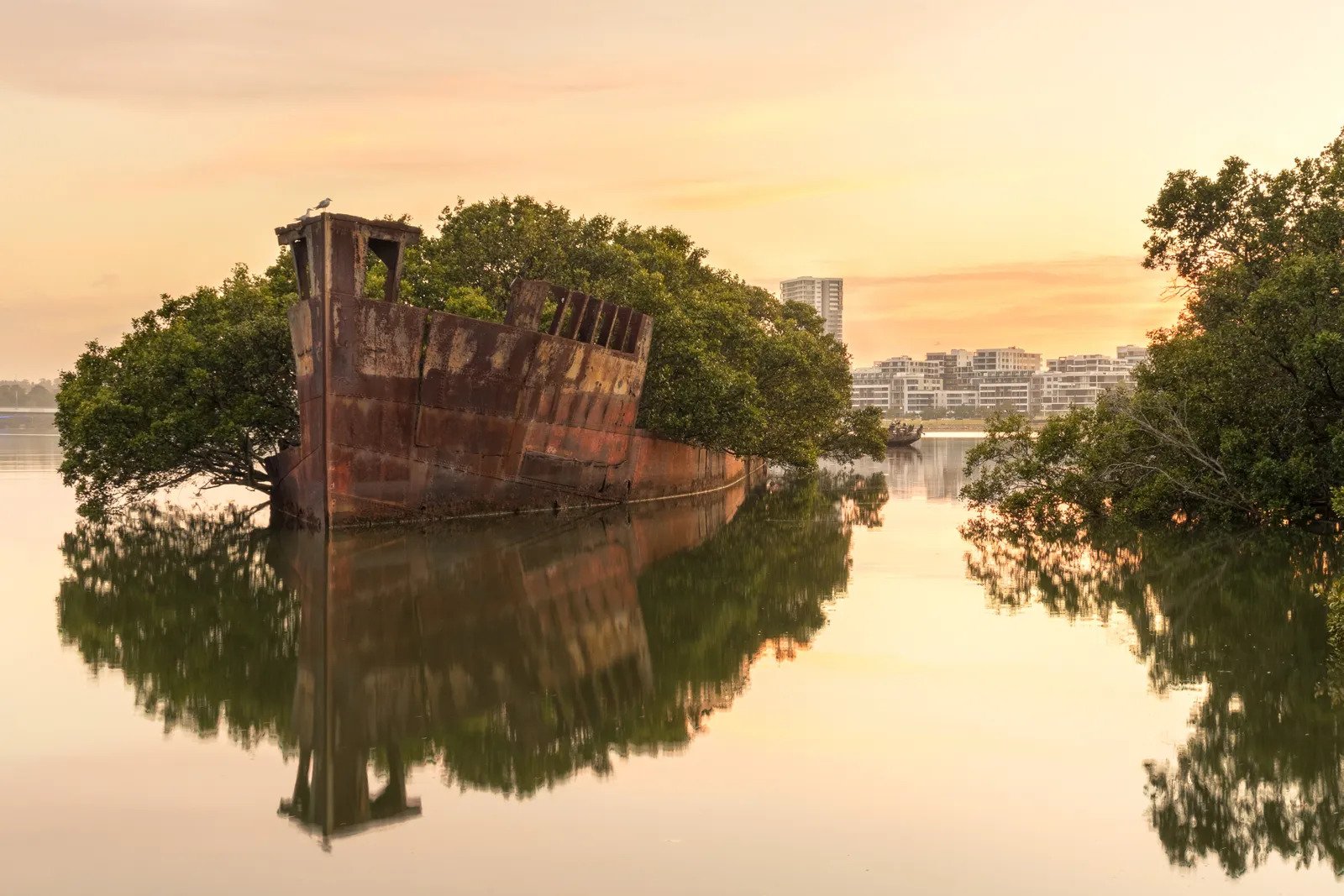
Vallone Dei Mulini, Italy
Vallone Dei Mulini Is located just behind Piazza Tasso in Sorrento, Italy. The four ancient wheat mills were built there about 700 years ago. As the place is shaped by two rivers: Casarlano-Cesarano and S. Antonino, the valley is very humid. Therefore, the area got covered with numerous unique plants.
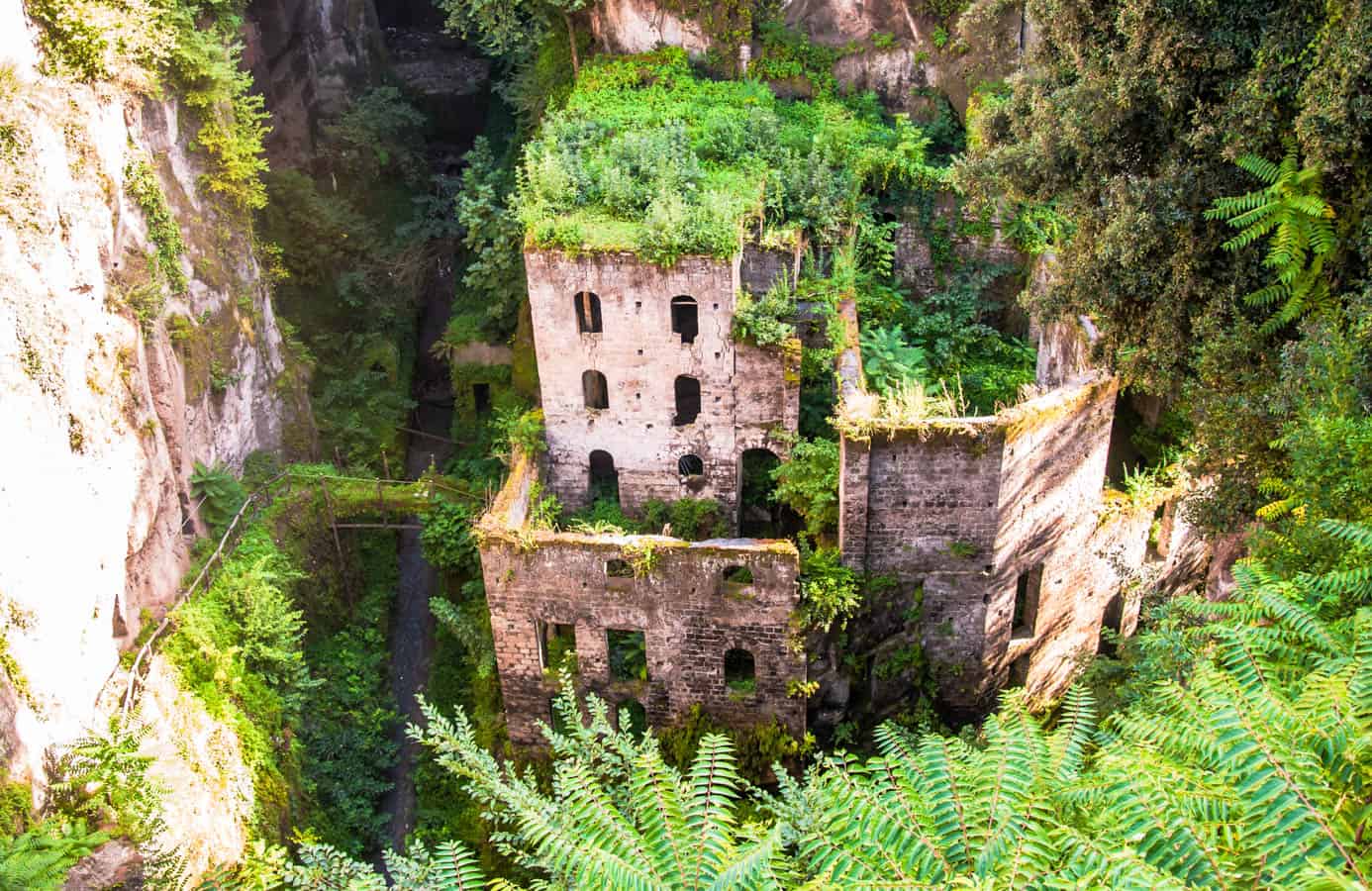
San Juan Parangaricutiro, Mexico
The village around San Juan Parangaricutiro church in Mexico was abandoned after the eruption of the Parícutin volcano. The lava melted the walls of the cemetery but did not affect the tower and altar. The church still stands, but it is half-buried in lava rock.
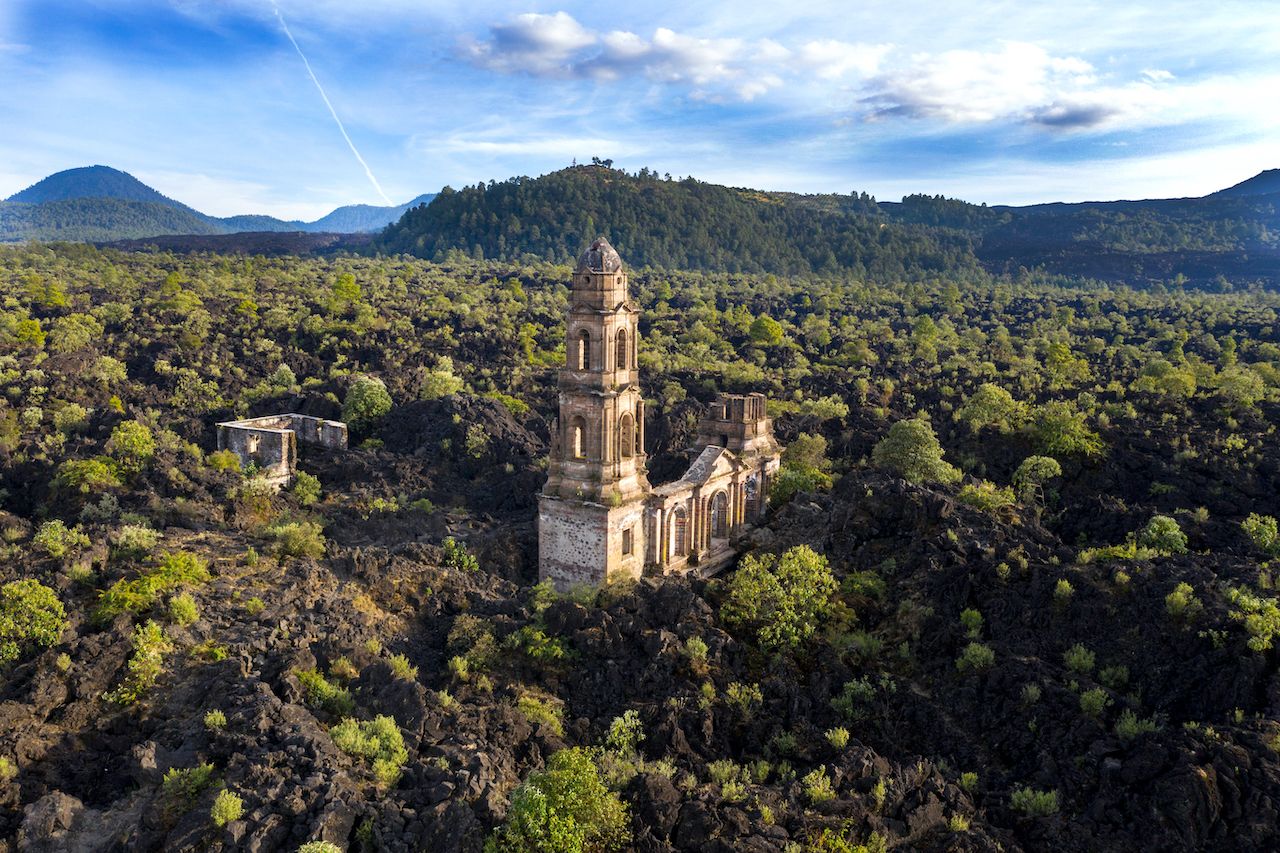
Tequendama Falls Museum, Colombia
This gorgeous museum situated in San Antonio, Colombia, overlooks Tequendama Falls. Hotel del Salto functioned in the building until the 1920s. It was abandoned after the river contamination.
